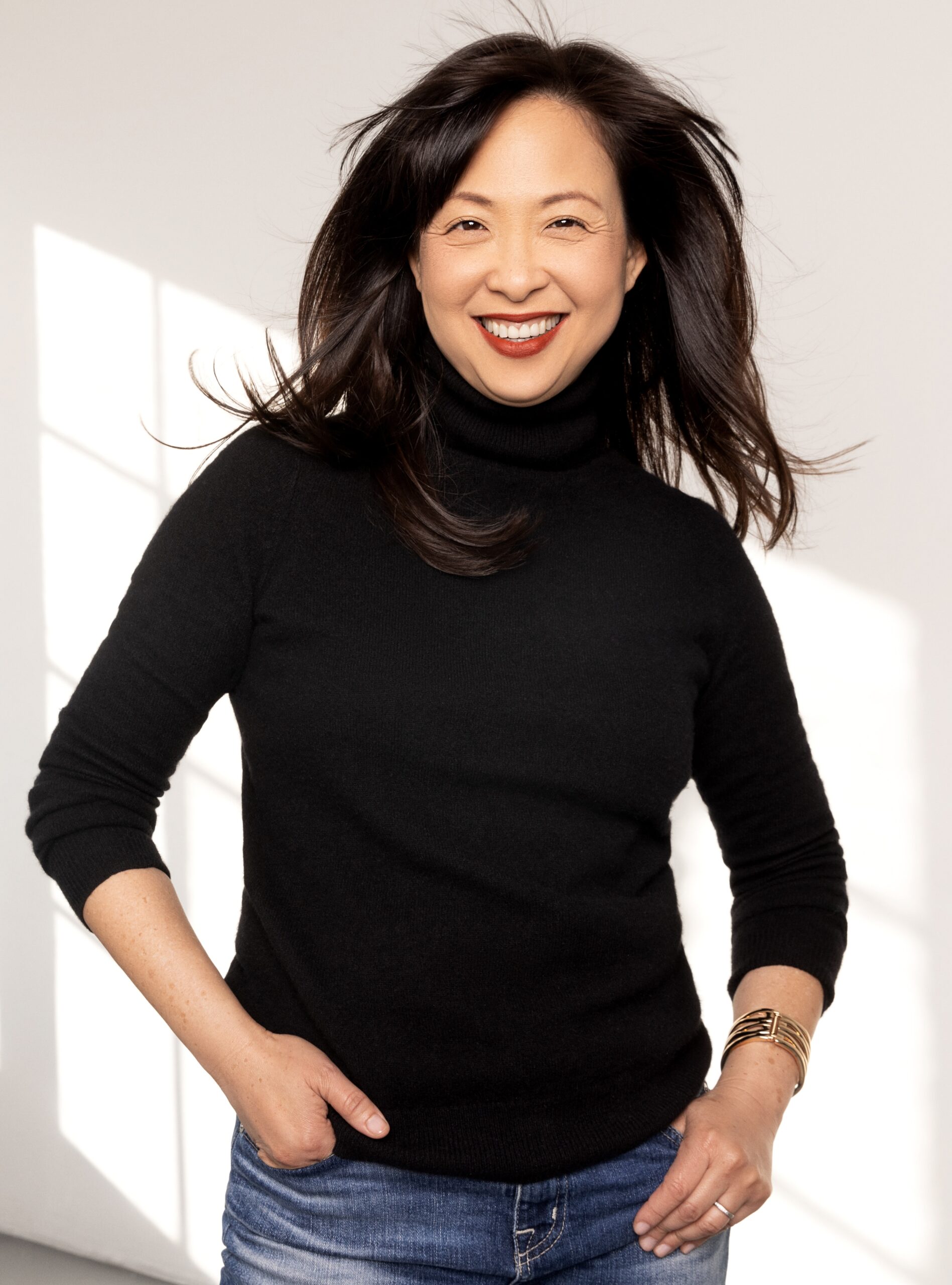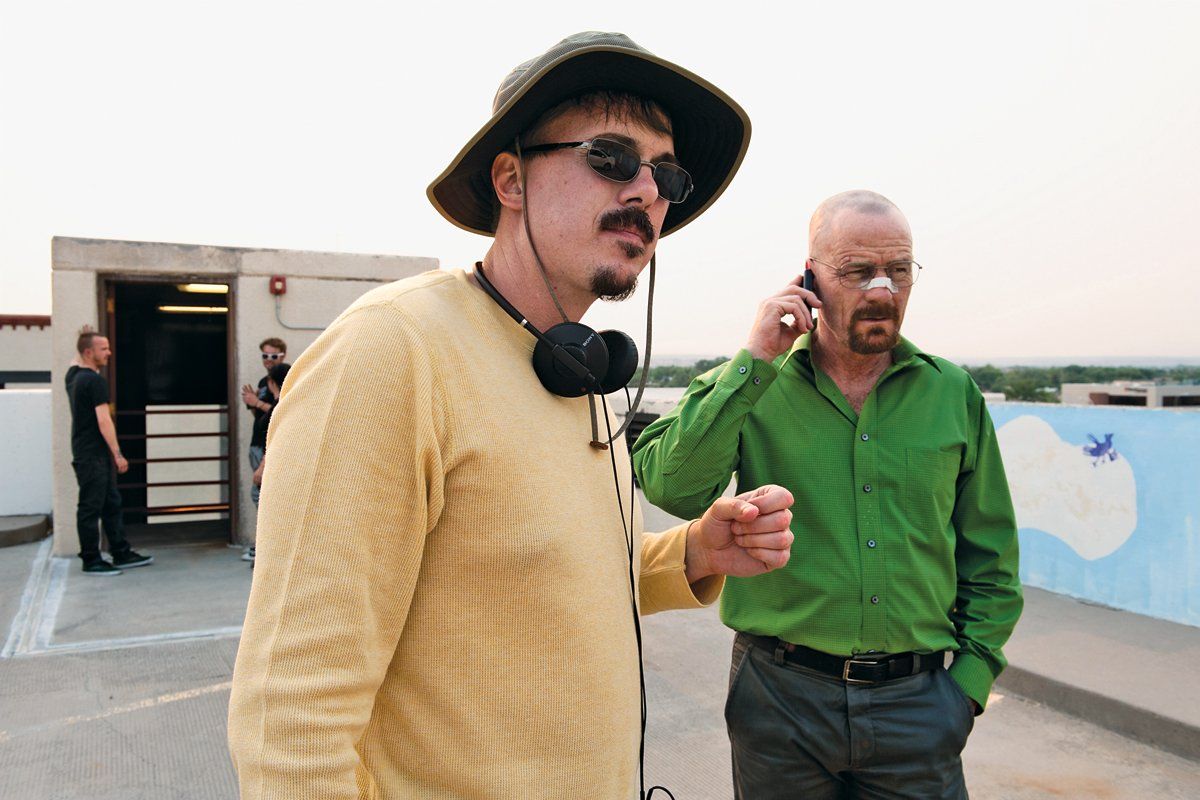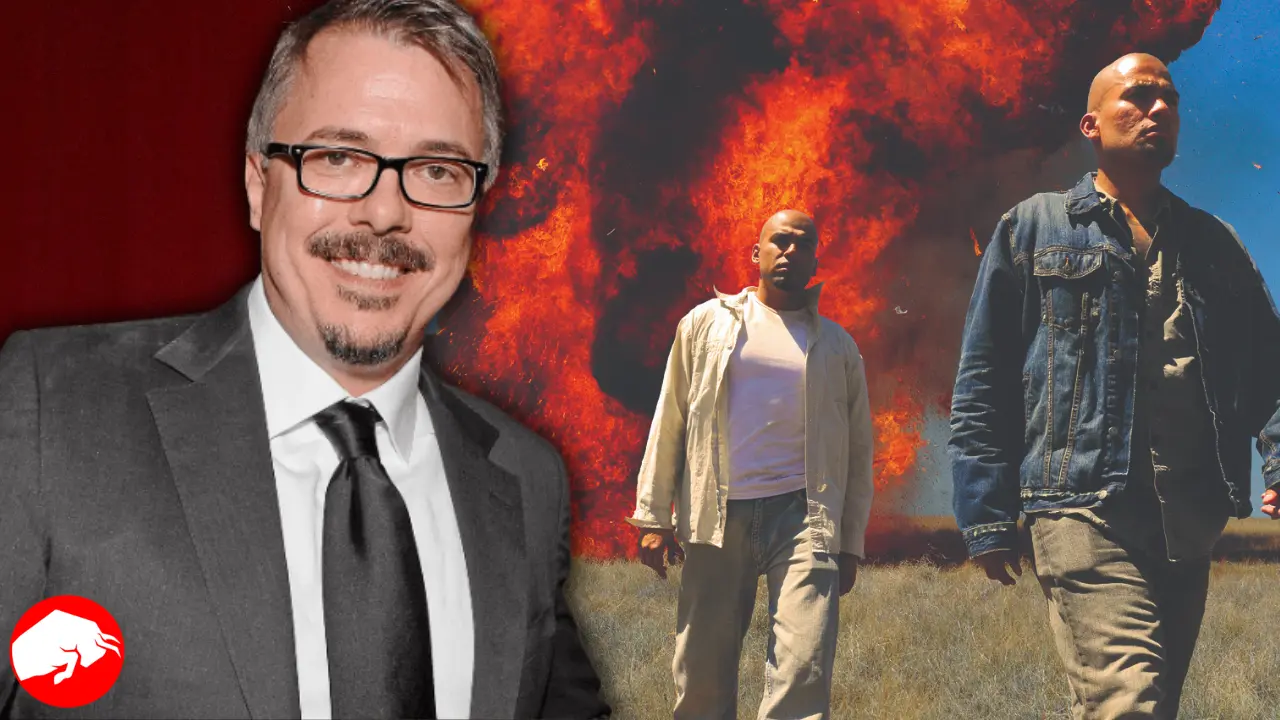In a world that consistently churned out TV hits, Breaking Bad managed to carve out a special place in the hearts and minds of viewers, transforming into a pop culture titan. The chronicle of Walter White’s metamorphosis from a humble high school teacher to a fearsome drug kingpin seized the imagination of audiences worldwide, elevating the series to the ranks of the greatest TV shows ever made. Now, a peek behind the curtain reveals the chaotic but perhaps magical recipe to the show’s success, as depicted in Patty Lin’s fresh narrative in her new book End Credits: How I Broke Up with Hollywood.
The Enthralling Chaos Behind the Phenomenon

Fans and TV enthusiasts are familiar with the on-screen tension and explosive sequences that Breaking Bad masterfully constructed season after season. Still, few are privy to the behind-the-scenes dynamics that played a role in sculpting this monumental series.
“We spent most of our time chasing Vince to various shoot locations, trying to steal a few minutes with him to break stories,”
Lin recounts, painting a vivid picture of a team grappling with a “Traveling Board,” a large corkboard that became a symbolic representation of the somewhat chaotic, albeit passionate creative process embraced by the crew.
Passion Before Process: Vince Gilligan’s Approach

Gilligan, whose presence on the set was somewhat sporadic and often driven by a desire to witness the explosive scenes firsthand, drew Lin and her fellow writers into a whirlpool of adrenaline and creativity that defied the traditional boundaries of television production.
“He didn’t always need to be on set. Sometimes he went just to watch stuff blow up. We once wasted half a day at a gas station, waiting for Walt to blow up some guy’s car,”
Lin shares, injecting her narrative with a dose of light-hearted frustration rooted in the maverick tendencies of a creator entranced by the visceral elements of his own creation.
Despite the frantic pacing and the constant chase, the writers were more on-call than working per se, tethered to the Albuquerque set to be available for script consultations, a testament to the organic and sometimes spontaneous evolution of the Breaking Bad narrative that has now found a place in the annals of television history.
Weathering the Storms of Creativity
The intense creative process wasn’t without its toll, as Lin confides that the relentless cycle of chasing and waiting began to wear her down.
“We worked every day that month, including weekends. But we were more on call than actually working — worse in some ways. The stress started getting to me,”
In her candid reflections, Lin evokes the turbulent, yet exhilarating journey of being part of a project that was, in many ways, rewriting the rule book, setting new standards, and pushing the boundaries of what television could achieve.
Crafting an Unforgettable Narrative
Despite the unorthodox methods that seemed to lean more towards chaos than structured scripting, the team managed to piece together a narrative that struck a chord with audiences globally, cementing Breaking Bad as a masterpiece in the television industry.
Patty Lin, whose credits include the fifth episode of the first season titled “Gray Matter” and a producer credit on six episodes of that initial outing, grants fans an intricate look at the birthing pains of a show destined for greatness, as well as a reminder of the resilient spirit and boundless creativity that resided at the heart of Breaking Bad.
As we dive into Lin’s recollections, it’s evident that Vince Gilligan’s passionate, albeit scattered approach to crafting the Breaking Bad saga, could very well be the secret ingredient to the show’s undeniable success, a testament to a vision driven more by passion than by the rulebook, resulting in a series that broke bad but also broke beautifully, crafting a narrative that remains etched in the annals of pop culture, revered and loved, years after its finale.









